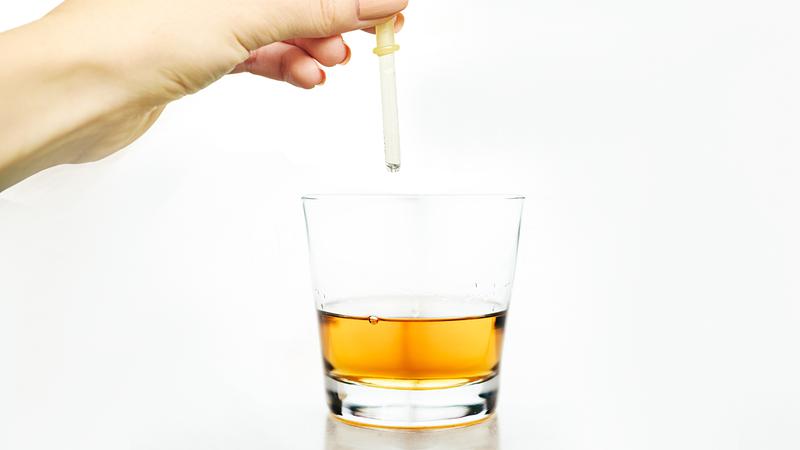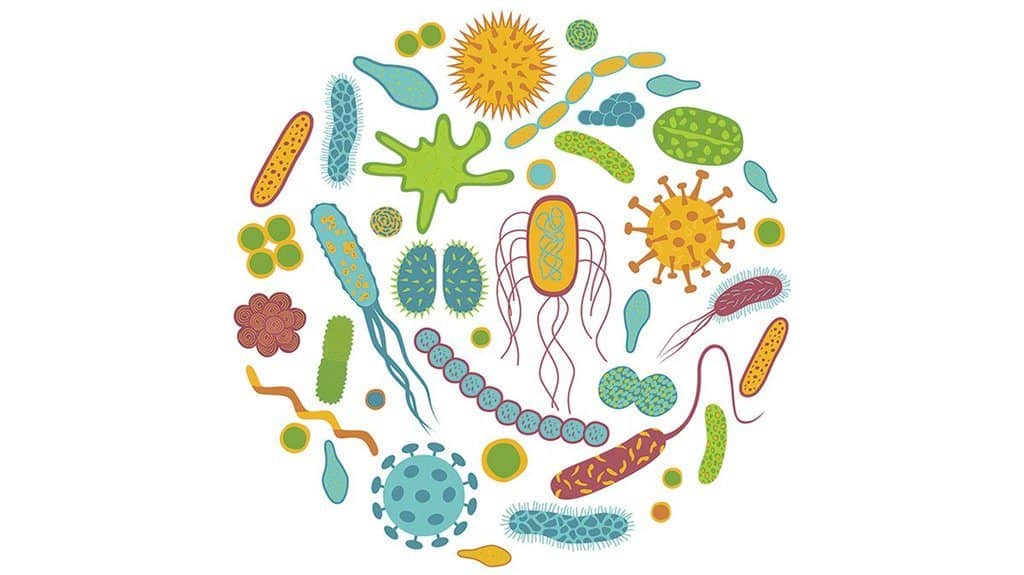
Are you being conned into thinking you’re drinking a rich, probiotic wonder drink? That’s not to say real kombucha is snake oil, but that ‘kombucha’ is not always real kombucha. Fillers, pasteurisation and additives mask lesser kombucha.
Kombucha is a sugary tea that’s fermented by a probiotic colony called a SCOBY (Symbiotic Colony of Bacteria and Yeast). The colony eats many of the tannins (polyphenols or simply- the compounds released from boiling tea leaves), and most of the sugar, leaving a slightly sweet, acidic drink.
Luckily however, there some easy red flags to avoid in kombucha. Here’s a guide on how to spot real kombucha.
1. Does your kombucha have NO sugar?
Real and pure kombucha is low in sugar, but not free from it. Kombucha requires sugar, not stevia or Erythritol as these don’t ferment. These sweeteners cannot be metabolised by the probiotics which eventually weakens and dies off, reducing the quantity of healthy numbers .
The probiotics in kombucha will not eat all the sugar from their tea. The mechanism behind this is basically, once the cultures reach a high acidity and lower sugar, they stop reproducing and slow their metabolism down to a virtual stand still, to preserve themselves. The sugar will slowly lower over time but not to zero.
Once kombucha reaches that standstill, it’s turned to vinegar. Unpalatable, burning vinegar. Ways to mask this can be dilution, and occasionally using sweeteners/ kombucha flavour/extracts to make up for lack of flavour.

Is your kombucha drink watered down?
Authentic, pure kombucha cannot be free from sugar.
So if a kombucha is almost free from sugar, it’s vinegar.But if it doesn’t taste like pure vinegar, something’s not right. This could potentially indicate a watered down and weak kombucha.
2. How is the kombucha being stored? Is it on the shelf?
Kombucha is fermented and populated by several strains of beneficial bacteria. Many of these bacteria use aerobic (with air) fermentation and thus remain dormant after air tight bottling. Yeast utilise anaerobic (without air) fermentation and thus increase their fermentation after bottling.
During anaerobic fermentation, alcohol and carbonation levels increase because the yeast that produce carbon dioxide and ethanol thrive. The way to stop continuous anaerobic fermentation, which can damage/break the bottles with increasing carbonation (think of the recent exploding kombucha bottles in Aldi), is with simple refrigeration, which will ‘pause’ the probiotics without killing them.
But if fermentation continues in the bottle, raising alcohol and carbonation, then why are some brands on the shelf, unrefrigerated?
The only way to stop the fermentation after bottling is with pasteurisation (i.e. killing the probiotics). This can leave the taste of kombucha, but kills off any probiotic benefit. (Note- some kombucha is pasteurised and still refrigerated, which I’ll get to).
Fermentation continues in the bottle, unless refrigerated (pausing the fermentation but preserving live probiotics) or pasteurised (killing off any probiotics, stopping fermentation). read our kombucha process
3. What are the ingredients?
As I said, kombucha needs 4 ingredients: water, tea leaves, sugar and a SCOBY. These 4 ingredients ferment alone, and then optional ingredients are used for flavour (e.g. our Elderflower flavour is those four ingredients fermented into kombucha, then infused with elderflower buds).
Real, well-brewed kombucha is safe (being antibacterial by itself) and full of flavour. There’s no need for anything artificial in it.(Australia has no legal definition for ‘natural’, so a label claiming natural is only a starting point).
Additionally, are there any ingredients that don’t seem to fit?
Why would your, let’s say ‘apple and blackcurrant’ flavour of kombucha, have apple cider vinegar, lemon juice or lime juice in it? They’re not necessary for the kombucha, and they’re not the flavour. Why would these acidic ingredients not meant to be in the flavour, have to be added to a naturally acidic drink?
Unnecessary additives can be indicative of a weaker, or potentially less pure kombucha.
4. How many probiotics/CFUs are there?
Pure kombucha is packed with CFUs (colony forming units), which are intended to colonise your gut and boost your health. Kombucha Me doesn’t add additional ‘kombucha cultures’ or anything of the sort and easily produces 1 billion CFUs per 330mL bottle.

If your kombucha has far less than that, it suggests weaker probiotics and/or a less pure kombucha.
As well as that, if kombucha is pasteurised, then live probiotics were killed off in production. These kombuchas will not continue to ferment and colonise your gut and are sometimes refrigerated but sometimes just left on the shelf.
With CFUs and live probiotics, the more the better. And while millions or even a hundred million seems like a lot, we need billions in our system.
Should I drink kombucha then?
Yes! Real kombucha is healthful, safe and full of flavour. It’s a wonderful addition to your lifestyle for its flavour and benefits when it is authentic. Unfortunately, not all products labelled ‘kombucha’ are pure and the real deal, whether being pasteurised or diluted, or even having unnatural additives in it.
Sugar content, storage, ingredients and the number of probiotics to follow are great ways to spot real kombucha.

ABOUT AUTHOR: Jack Lewis is a keen researcher, writer and health enthusiast. Jack aims to communicate evidence based, accessible strategies to optimise health for everyday people. In his spare time, Jack likes to home brew kombucha and is a competitive martial artist.
